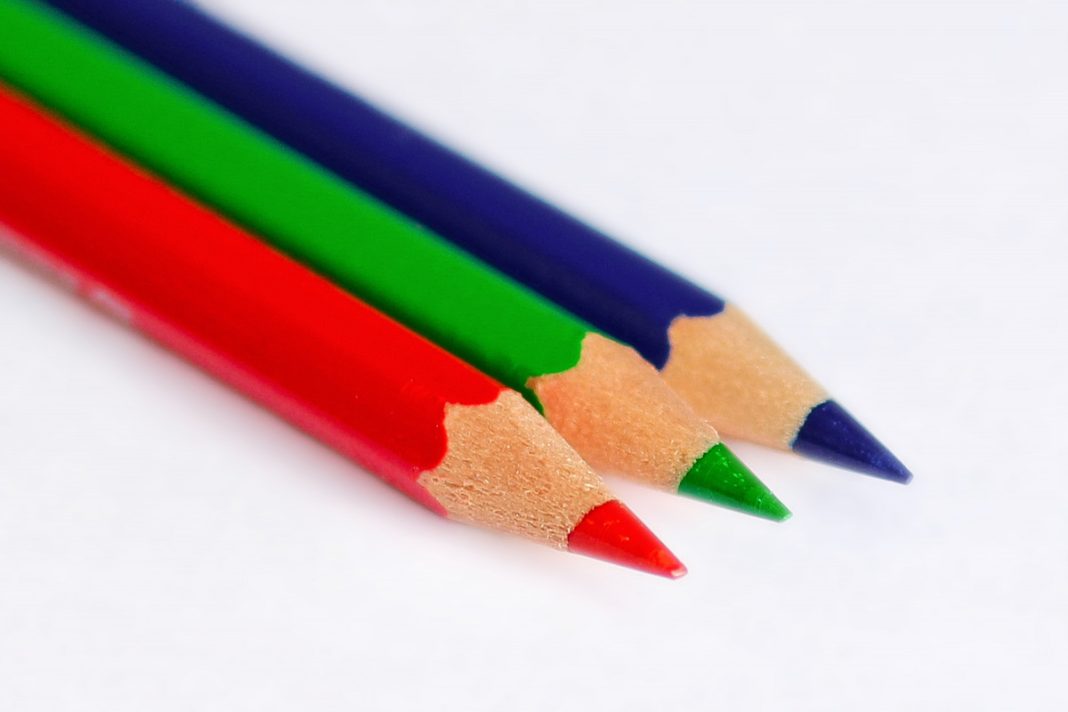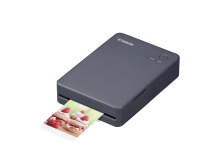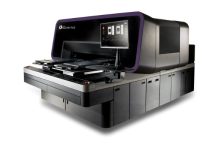Lorenz Boegli, a Swiss artist and printer, has pioneered a technique for printing in RGB. This groundbreaking technology presents a range of new possibilities for the printing industry.
It is a common understanding that RGB is not typically used for printing, as this color space is intended for screens and other self-lit systems. The standard for printing purposes is CMYK. However, the artist and printer Lorenz Boegli has indeed developed a method to print in RGB, challenging this traditional notion. This innovative approach introduces a new and exciting technology to the printing industry.
RGB vs. CMYK
Traditionally, the vibrant and dynamic RGB color space has not been achievable on paper or other substrates through a single printing process. RGB, being an additive color system, is typically reserved for luminous mediums like screens or projectors. In RGB, colors are created through the mixing of light, hence why it is referred to as an additive color model. The more colors are combined, the brighter the image appears. When all three primary colors are used at 100%, white is produced.
On the other hand, CMYK operates on a subtractive model. It consists of the three colors cyan, magenta, and yellow, along with the key color black, which are printed on a typically white background. As more color is added, the result becomes darker. The key color is essential because a full application of cyan, magenta, and yellow does not yield a true black, but rather a dark brown hue.
An Innovative New Printing Method
Boegli's RGB print, on the other hand, is printed on black paper and transitions into a brilliant white hue. This unique effect is achieved through the use of reflective pigments in the colors employed.
"In 2013, I successfully achieved the creation of white by overprinting red, green, and blue Spectraval pigments from Merck on a black background. This breakthrough was made possible through the use of reflective pigments in the colors," stated Boegli.
Merck and Boegli have collaborated to advance the technology, making RGB printing with Spectraval™ accessible for conventional printers. This innovative method can now be integrated into standard screen, gravure, or flexo processes, expanding the possibilities for traditional printing equipment.
The four key work processes are:
1- The image file is separated in CMYK and placed in the negative. In this way the colours red, green and blue are obtained.
2- For the screen production, a fine screen raster is chosen for maximum colour application.
3- For printing, the special colour pigments are mixed in high concentration in conventional screen printing varnishes.
4- During the printing process itself, a low printing speed is important to ensure the ideal alignment of the individual pigments.
At drupa 2016, Merck collaborated with STAINER to showcase the new RGB printing technology. STAINER manufactured 3 mm thick 2750 x 1875 mm aluminum composite panels for an RGB exhibition wall. Initially, the aluminum panels were screen printed in black and then printed with red, green, blue, and silver-white using the RGB printing technique to display the designated motif.
More and more industries are beginning to explore RGB technology as the effects of additive printing capture the interest of businesses and consumers alike.













